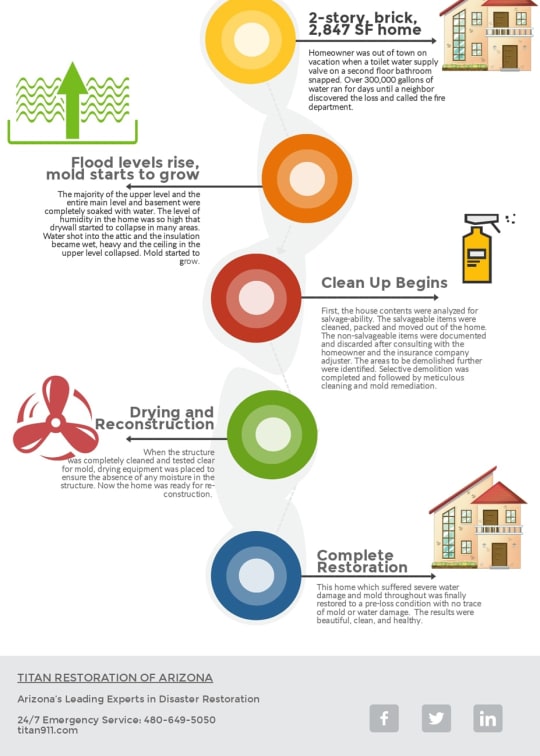Flood - Drying Out Your Home
At a glance..
The following steps will help you get started in dealing with problems after a flood.
The details..
Floods can cause extensive damage to homes in multiple ways. This book focuses on the first steps homeowners should take after their house has been flooded. One of the most important things is reducing humidity levels as quickly as possible. By opening up doors and windows, using fans, dehumidifiers or desiccants like cat litter or calcium chloride pellets people can help dry out their homes more effectively.
The second step involves sorting through contents that were damaged by floodwaters into three categories: items you want to save, items that need to be thrown away and garbage. It's essential not only for safety reasons but also because it helps with insurance claims later on if everything is documented properly before discarding anything.
It's important not just for health reasons but also because mold grows rapidly in damp environments such as those created by floods which are why drying out your home thoroughly could take several weeks depending on how severe the flooding was initially experienced.
Finally, this book advises readers who may have difficulty dealing with these issues themselves due either time constraints or lack of knowledge about what needs doing post-flooding events occurred; there are contractors available specializing in restoring water-damaged properties so they might consider contacting one listed under 'Fire & Water Damage Restoration' or 'Dehumidifying' sections within local yellow pages directories.
